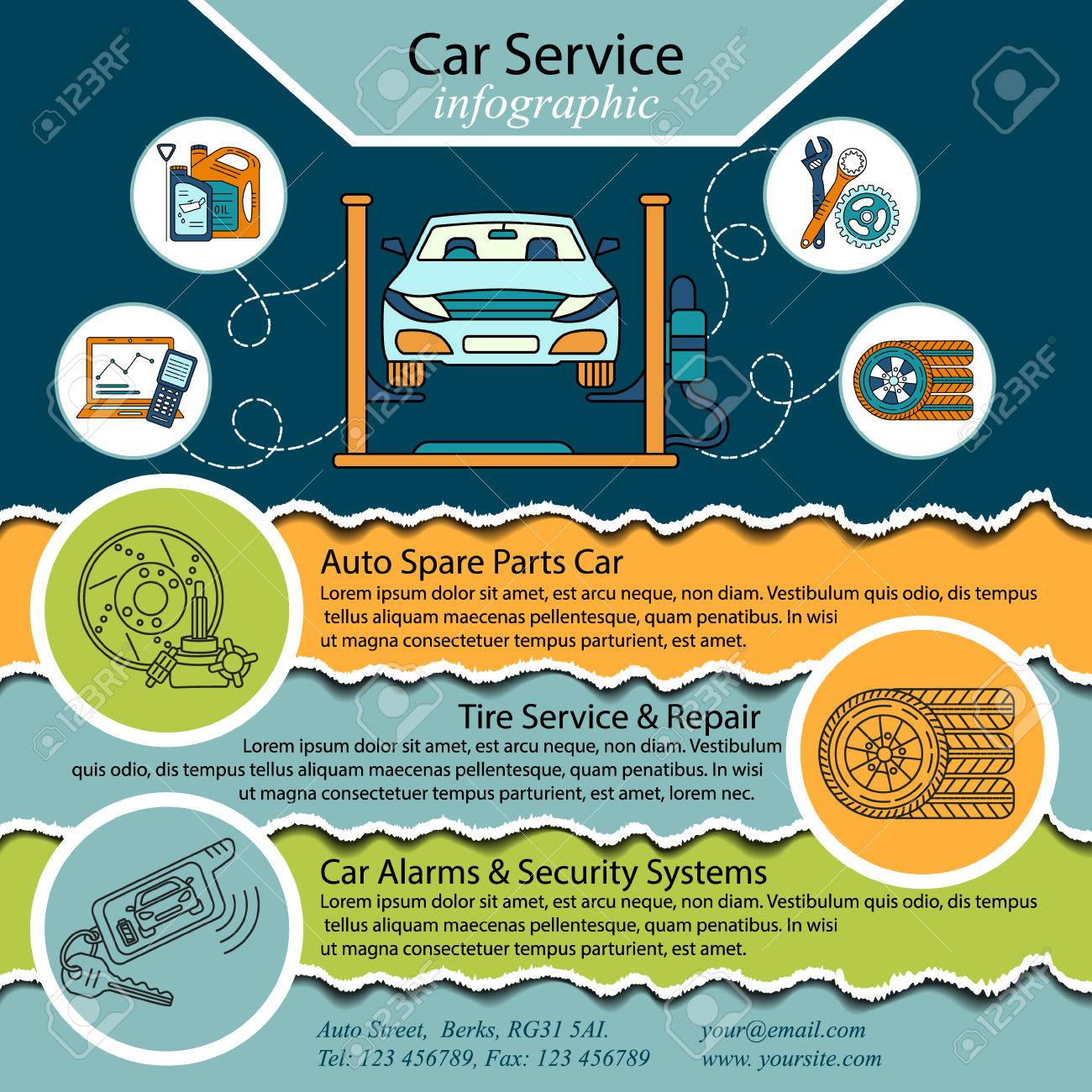Understanding The Significance Behind Your Vehicle'S Caution Lighting: An Extensive Appearance
Understanding The Significance Behind Your Vehicle'S Caution Lighting: An Extensive Appearance
Blog Article
Written By-Vinson Torres
When you lag the wheel, those beautiful warning lights on your dashboard can be a little bit complicated. Do you understand what they're trying to inform you regarding your automobile's wellness? Comprehending the importance of these lights is vital for your security and the durability of your car. So, the next time among those lights pops up, wouldn't you intend to understand its message accurately and take the required steps to address it?
Common Warning Lighting and Interpretations
Recognize usual warning lights in your vehicle and recognize their significances to make sure risk-free driving.
One of the most regular warning lights include the check engine light, which signifies issues with the engine or emissions system. If this light begins, it's crucial to have your vehicle checked immediately.
The oil stress alerting light suggests reduced oil stress, needing immediate focus to prevent engine damages.
A flashing battery light may recommend a malfunctioning billing system, potentially leaving you stranded otherwise resolved.
The tire stress surveillance system (TPMS) light notifies you to reduced tire stress, impacting car stability and gas efficiency. Overlooking this could cause harmful driving problems.
The abdominal muscle light suggests a problem with the anti-lock stopping system, compromising your ability to stop quickly in emergency situations.
Finally, the coolant temperature warning light warns of engine getting too hot, which can lead to severe damages if not dealt with promptly.
Recognizing these usual warning lights will aid you attend to problems immediately and preserve safe driving conditions.
Value of Prompt Attention
Comprehending the usual warning lights in your cars and truck is only the very first step; the importance of quickly attending to these cautions can't be stressed enough to guarantee your security on the road.
When a warning light brightens on your control panel, it's your vehicle's method of interacting a potential problem that requires focus. Disregarding more info here can result in extra severe issues down the road, compromising your security and potentially costing you more out of commission.
Prompt attention to warning lights can avoid malfunctions and crashes. As an example, a flashing check engine light might indicate a misfire that, if left neglected, can create damages to the catalytic converter. Resolving this without delay can conserve you from a costly repair work.
Similarly, a brake system cautioning light may signal low brake liquid or worn brake pads, crucial parts for your safety when driving.
DIY Troubleshooting Tips
If you discover a caution light on your control panel, there are a couple of do it yourself fixing pointers you can try before seeking expert assistance.
The primary step is to consult your car's manual to understand what the details warning light shows. Sometimes the issue can be as easy as a loosened gas cap setting off the check engine light. Tightening look at this web-site may resolve the issue.
One more common problem is a low battery, which can set off numerous cautioning lights. Inspecting the battery links for corrosion and ensuring they're safe could take care of the trouble.
If a warning light continues, you can attempt resetting it by detaching the automobile's battery for a few minutes and then reconnecting it. In addition, examining your car's fluid degrees, such as oil, coolant, and brake fluid, can help fix cautioning lights connected to these systems.
Conclusion
In conclusion, recognizing your auto's warning lights is essential for maintaining your vehicle running smoothly and safely. By immediately resolving these informs and knowing what they mean, you can stay clear of pricey repair services and possible malfunctions.
Bear in mind to consult your cars and truck's handbook for particular details on each warning light and do something about it as necessary to make certain a hassle-free driving experience.
Stay informed, stay secure when traveling!
